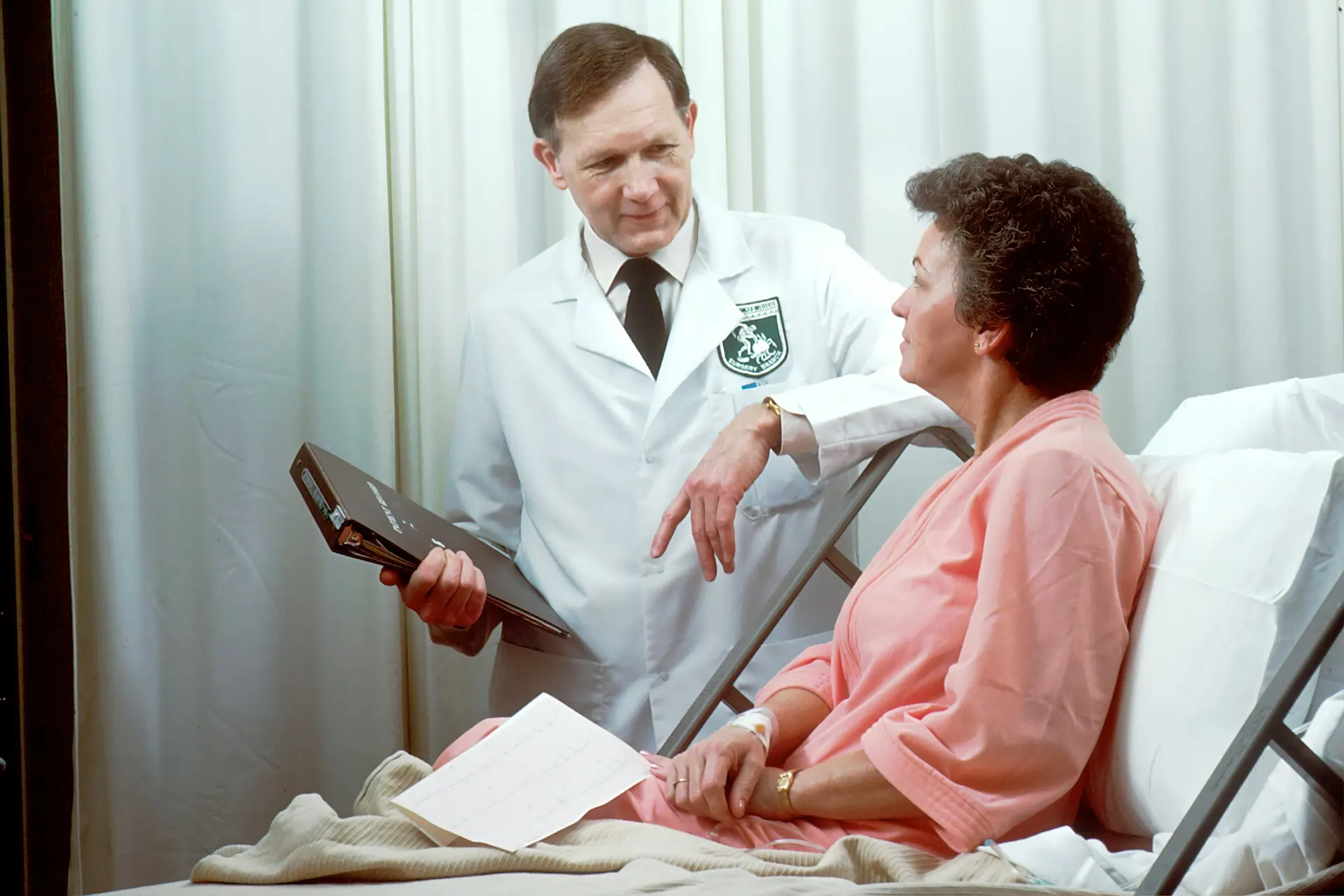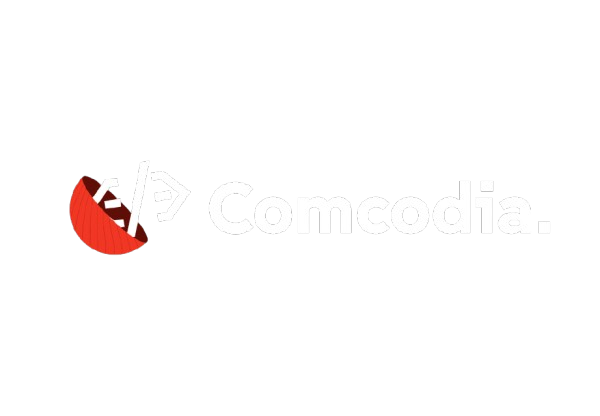Staying compliant in the healthcare world is not just about checking boxes. It’s about ensuring patients receive safe, ethical care and that your organization runs smoothly without legal issues. But let’s be honest, the rules are complex and often changing. That is where healthcare compliance software steps in. It helps you manage all those requirements in one place and reduces the stress that comes with regulatory tasks.
What Is Healthcare Compliance Software?
Healthcare compliance software is a specialized tool designed to help healthcare organizations manage the various rules and standards they must follow. It brings together essential functions like training, incident reporting, policy management, and credential tracking. Instead of dealing with scattered documents and manual tracking, everything is centralized, making compliance simpler and more efficient.
How Healthcare Compliance Software Supports Regulatory Requirements
Healthcare regulations can be overwhelming, but healthcare compliance software helps keep everything organized and up to date. Here’s how it supports key areas:
- HIPAA Compliance: Protecting patient data is non-negotiable. This software includes tools to train staff on HIPAA rules, manage breach notifications, and track audits so you can maintain confidentiality and avoid violations.
- OSHA Compliance: Safety is a top priority in healthcare settings. With built-in OSHA tools, the software helps you stay prepared for inspections and create a safer workplace for both staff and patients.
- OIG Compliance: To avoid fraud and maintain trust with the Office of Inspector General, this software helps you manage internal programs, monitor risks, and generate reports as needed.
- Accreditation Preparation: Getting accredited is a major task. Healthcare compliance software helps you document processes, track readiness, and stay aligned with the requirements of accrediting bodies.
Must-Have Features in Healthcare Compliance Software

Not all software is the same. Choosing the right healthcare compliance software depends on the features that matter most to your organization. Here are some essentials to consider:
1. Employee Training
- Built-in Learning Management System (LMS): Choose a platform designed for healthcare that tracks progress, shows course completion rates, and updates regularly.
- Automatic Reminders: These help employees keep up with training schedules by sending alerts when courses are due.
- Assessments: After completing a course, quizzes or evaluations confirm that employees understand what they learned.
2. Incident Reporting
- Online Access: Staff can report incidents easily from anywhere, including remote locations.
- Customizable Forms: Every incident is different. With custom forms, you can collect the right information every time.
- Anonymous Reporting: This encourages more reports by allowing employees to speak up without fear of consequences.
3. Document and Policy Management
- Central Repository: All your policies and documents are stored in one place, making it easy for staff to find what they need.
- Approval Workflows: Before documents go live, they pass through a review process to ensure accuracy.
- Update Alerts: When regulations change, the software can alert administrators to update their policies accordingly.
4. Credentialing Management
- Efficient Tracking: Keep all certifications and licenses organized and accessible.
- Renewal Reminders: Automatic notifications help ensure credentials stay current without last-minute stress.
5. HR Software Integration
- Seamless Syncing: Integration with tools like ADP or UKG reduces data duplication and keeps employee records accurate from hiring to exit.
6. Dashboards and Reporting
- Real-Time Data: Dashboards give a clear picture of how your organization is doing in terms of compliance.
- Easy Report Generation: Generate custom reports for audits, internal reviews, or leadership meetings in just a few clicks.
7. Customer Support
- Fast Response Times: When you need help, quick and helpful support can make a big difference.
- Knowledge Base: Access to FAQs and guides can help you troubleshoot issues without waiting.
Why an All-In-One Healthcare Compliance Platform Makes Sense

Having everything you need in one system saves time, reduces errors, and makes daily tasks easier. An all-in-one healthcare compliance software solution brings consistency to your compliance efforts and allows different teams to work together more effectively. Instead of using multiple disconnected tools, you have a single platform for training, documentation, credentialing, and reporting.
Take the Stress Out of Compliance
Regulatory compliance does not have to be overwhelming. With the right healthcare compliance software, your team can stay organized, reduce risk, and focus on what matters most: providing excellent patient care.
If your healthcare organization is ready to improve compliance processes, avoid penalties, and build a culture of accountability, investing in healthcare compliance software is a smart and strategic move.
Core Features Your Healthcare Compliance Software Must Have
When choosing the right healthcare compliance software, there are some features that should never be optional. These core functions are the foundation of any strong compliance system and can make the difference between staying ahead of regulations or falling behind. Here is a breakdown of the essential tools your system should offer.
1. Strong Policy Management and Documentation
Your compliance system should do more than store files. A modern healthcare compliance software should help manage every step of the policy lifecycle.
- Version Control and Audit Trails: The software should track every policy update, showing who made changes, when they were made, and why. These logs are essential for audits and internal accountability.
- Automated Policy Distribution: When a policy is updated, the system should notify the right staff members automatically. It should also track who has acknowledged the changes, giving you proof that everyone is following the most current guidelines.
- Policy Mapping to Regulations: Your software should let you connect each internal policy to specific regulatory standards. This helps you spot compliance gaps quickly and demonstrate compliance when needed.
- Customizable Templates: While some policies are standard, every organization is unique. Good healthcare compliance software should offer templates you can adapt to fit your structure and internal processes.
2. Complete Training Management and Progress Tracking
Employee training is one of the pillars of compliance. Without proper training, even the best policies can fall short. Your healthcare compliance software should offer tools that make training easier to manage.
- Automated Training Assignment: The system should automatically assign relevant training to employees based on their roles, departments, or regulatory requirements. This includes onboarding training for new staff members.
- Real-Time Tracking and Reporting: Managers should be able to see who has completed training, who is falling behind, and how well the organization is performing overall in terms of training compliance.
- Certification Management: The software should track licenses and certifications, and alert staff when renewals are coming up.
- Custom Course Creation: If your team uses specific tools or has unique procedures, your software should allow you to create tailored training content in addition to pre-loaded courses.
3. Smart Notification and Reminder Tools
Compliance is not a one-time task. It requires consistent attention, and reminders help keep everything on schedule.
- Multi-Channel Alerts: Whether by email, text message, or inside the software, reminders should reach staff where they are most likely to see them.
- Escalation Workflows: If reminders are ignored, the software should notify supervisors or compliance leads to take action before tasks are missed.
- Customizable Schedules: Not every deadline is equally urgent. Your system should allow administrators to set the right timing for different types of reminders.
- Dashboard Views: Staff should have a personalized dashboard showing what actions are pending and when tasks are due.
4. Built-In Risk Management and Assessment Tools
Staying compliant means identifying risks early and acting before problems arise. The right healthcare compliance software will support this proactive approach.
- Automated Risk Assessments: The system should help you run guided assessments using trusted industry standards, making it easier to spot vulnerabilities.
- Risk Scoring and Prioritization: Each risk should be rated by how likely it is to occur and how serious the consequences would be. This helps you focus on the most important issues first.
- Remediation Tracking: Once a risk is identified, the system should help assign responsibility, track progress, and record when the issue is resolved.
- Trend Analysis: By looking at past data, your software should help you identify patterns or recurring issues that need a long-term solution.
5. Clear Reporting and Actionable Analytics
Good reporting is the backbone of any compliance program. Your team needs clear insights, and your healthcare compliance software should deliver them without hassle.
- Real-Time Dashboards: Executives and compliance officers should have instant access to the latest data on how the organization is performing.
- Flexible Report Generation: Whether you are preparing for an audit, a team meeting, or a board presentation, the software should let you create custom reports for any audience.
- Detailed Audit Logs: The system should keep track of all activity, from user actions to system changes. These logs are essential for external audits and internal investigations.
- Predictive Analytics: Advanced systems can even use your data to predict where future compliance issues might occur and suggest solutions ahead of time.
6. Seamless Integration and Workflow Automation
Your compliance software should not operate in a vacuum. It should connect easily with the other systems you rely on every day.
- Electronic Health Record (EHR) Integration: Your compliance tools should work within your existing clinical workflows by linking directly to your EHR system.
- Human Resources Integration: When staff join, change roles, or leave the organization, those updates should automatically reflect in the compliance system.
- Automated Workflows: Routine compliance tasks like reminders, training assignments, or documentation reviews should be automated as much as possible to save time and reduce errors.
- API Access: For more complex needs, look for software that offers APIs so your developers can create custom connections between systems.
When evaluating your options, remember that the best healthcare compliance software goes beyond just meeting the minimum requirements. It should actively make your processes easier, your staff more accountable, and your organization safer and more prepared. By focusing on these core features, you can invest in a solution that keeps your compliance program strong, flexible, and future-ready.
Let me know if you’d like to add a meta description or summary paragraph for SEO purposes, or tailor this content for a specific healthcare audience.
Frequently Asked Questions
What is healthcare compliance software?
Healthcare compliance software is a specialized tool that helps healthcare organizations stay on top of their regulatory responsibilities. It gives compliance officers the ability to manage risk, automate key tasks, and keep track of policies, training, and documentation across the organization. By centralizing compliance efforts, it helps improve communication between departments, reduces manual work, and ensures that the entire facility is aligned with industry standards and government regulations.
What is the most commonly used software in healthcare?
The most widely used type of software in healthcare today is the Electronic Health Record (EHR) system. EHR software helps hospitals and clinics move away from paper charts by organizing patient data in a secure, digital format. It allows for faster access to patient records, supports better decision-making, and improves the overall quality of care. While EHRs manage clinical data, healthcare compliance software works alongside them to ensure all compliance-related processes and documentation are also handled efficiently.
What is the best healthcare compliance certification?
The best certification really depends on your role and long-term goals. However, two of the most recognized certifications in the field are the Certified in Healthcare Compliance (CHC) and the Certified Compliance and Ethics Professional (CCEP). These programs provide in-depth knowledge of healthcare regulations and ethics and are often seen as valuable by employers. If you’re using or managing healthcare compliance software, these certifications can help you better understand the tools and processes needed to maintain a strong compliance program.
What are the three main areas of healthcare compliance?
Healthcare compliance typically focuses on three major areas:
- Patient Safety – Ensuring all care provided meets the highest standards and minimizes risk to patients.
- Patient Privacy and Data Security – Protecting sensitive health information, especially under regulations like HIPAA.
- Billing and Coding Compliance – Making sure that all medical billing and coding is accurate, honest, and aligns with federal and state guidelines.
Healthcare compliance software is designed to support all of these areas by providing tools for training, documentation, risk management, and audit tracking in one platform.


